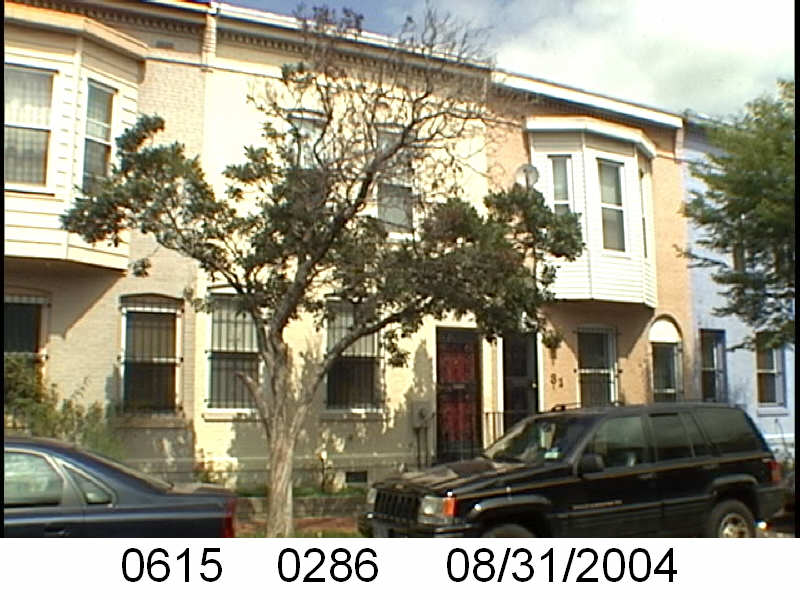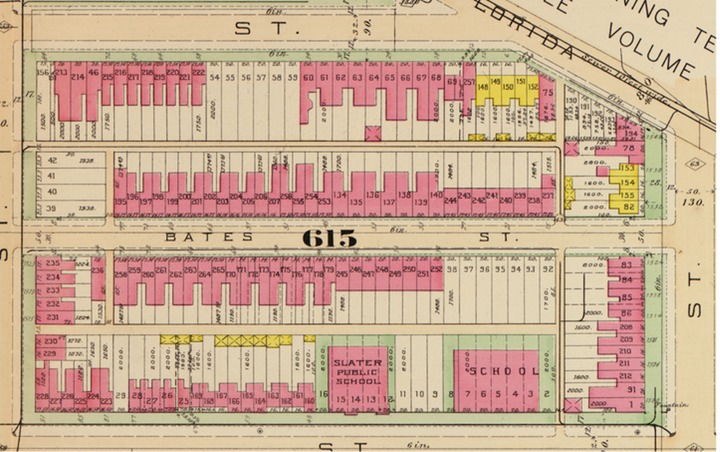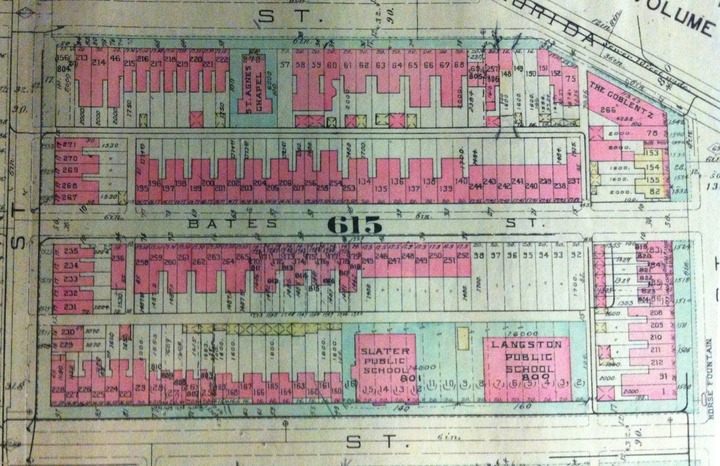In the month of April we’re looking at the Washington Sanitary Improvement Company (WSIC) ownership of lots on Square 552, which is bounded by 1st, P, 3rd and Q Streets NW in Washington, DC. The company, WSIC owned 1529-1551 3rd St NW (lots 49-60 ) and 1501-1523 3rd St NW (lots 120-131). In part 1, 1501 to 1515 3rd St NW was reviewed.
In the last post I didn’t mention how many of these 1500 block houses are two flat properties. The WSIC houses were built as rentals. 1507-1509, 1513-1523 3rd Street had two doors still in 2004. 1511 3rd St NW has evidence of a door being where a window is now, when looking at an exterior photo from the real estate site Zillow, and spotting a line where the stairs would have been.
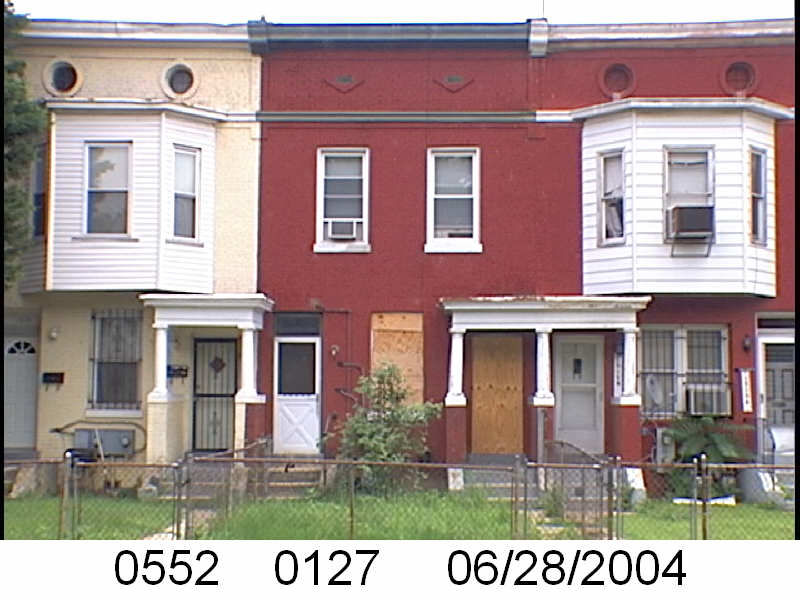
WSIC’s 3rd St properties have a porch, bay, along with the bay, no bay, pattern going on.

The corner house, 1523 3rd St has been renovated since 2004. I thought I had several photos of the updated property, but I cannot find them.
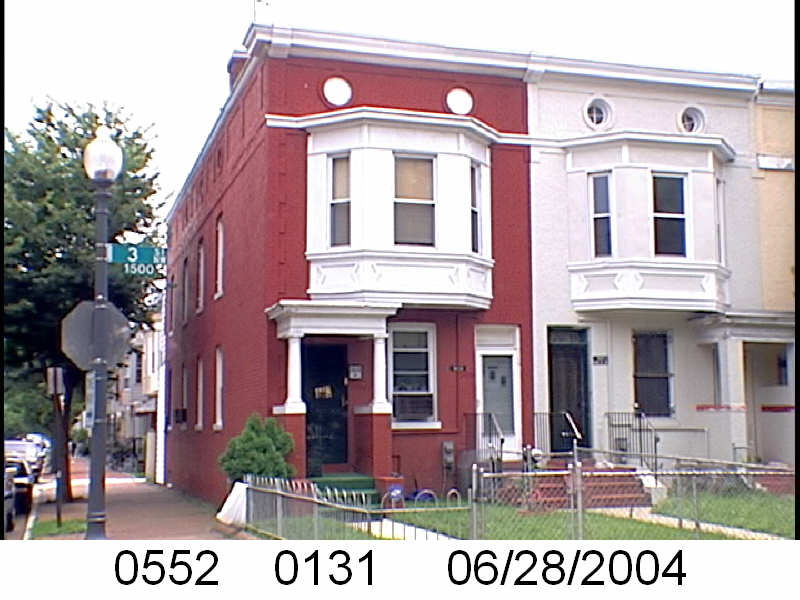
Since it wasn’t tremendously altered, DC still has the 2004 photo available.
Hopping to the other side of Bates Street, 240 Q St seen partially in the photo below of 1549 3rd St NW. It’s old photo is no longer available.

So this happened.
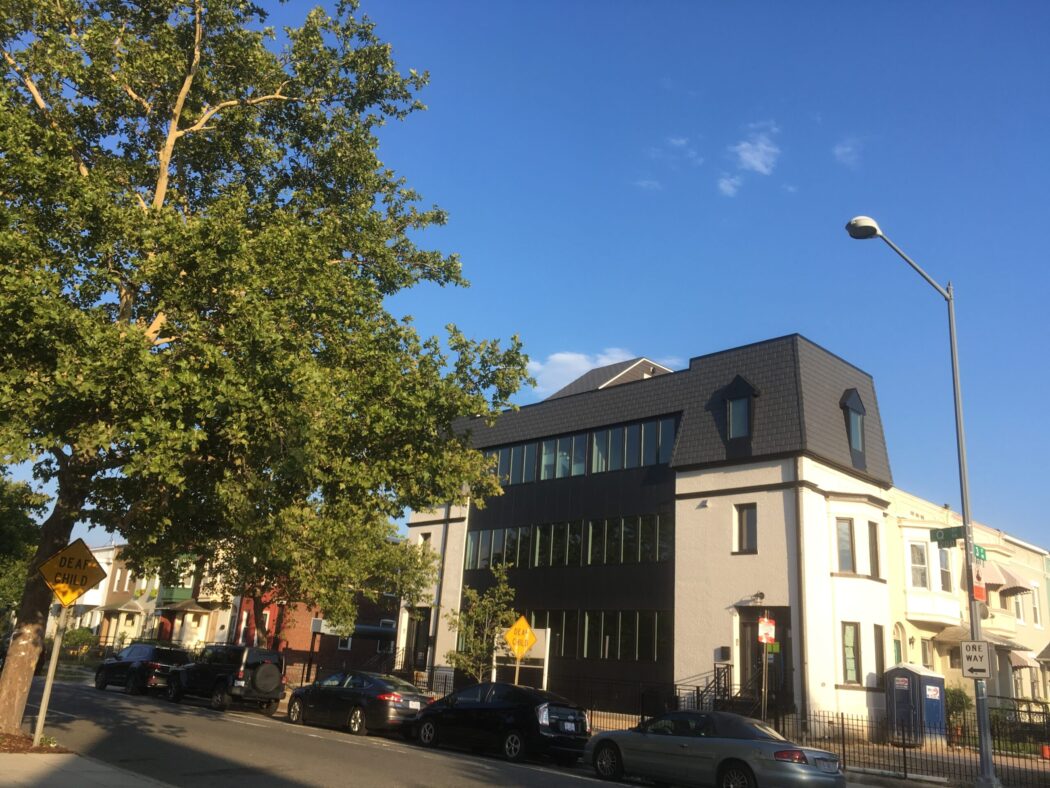
The 2 floor bay remained in the new configuration of the corner property. It was dramatically changed and the 2004 photo is no longer available. The unchanged 1549 3rd St NW can been seen in the above photo.


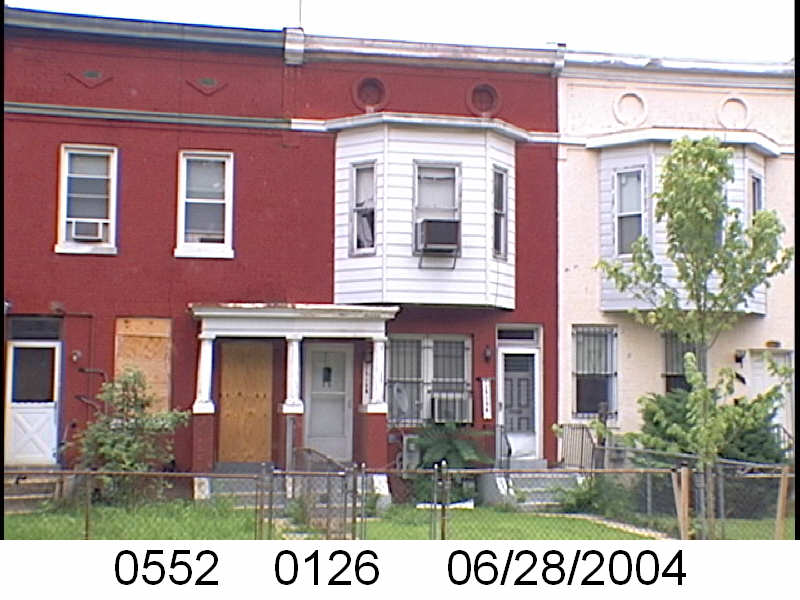
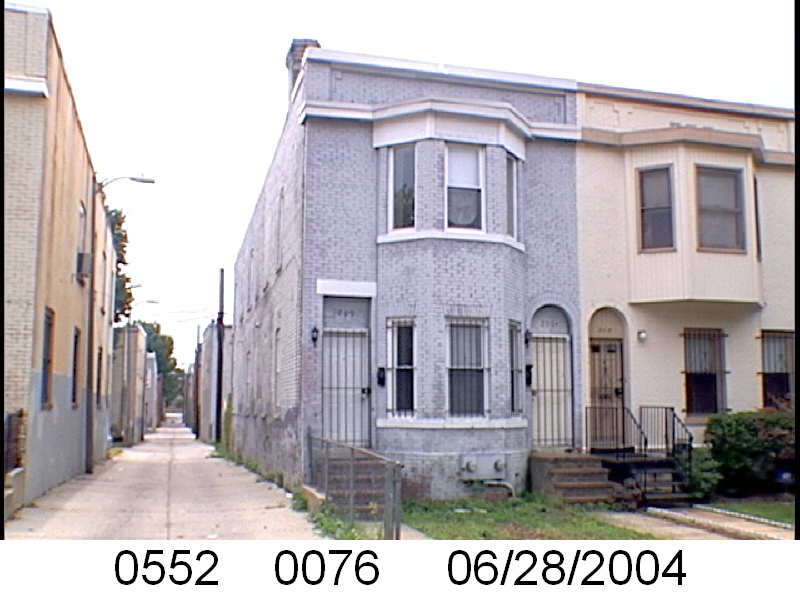

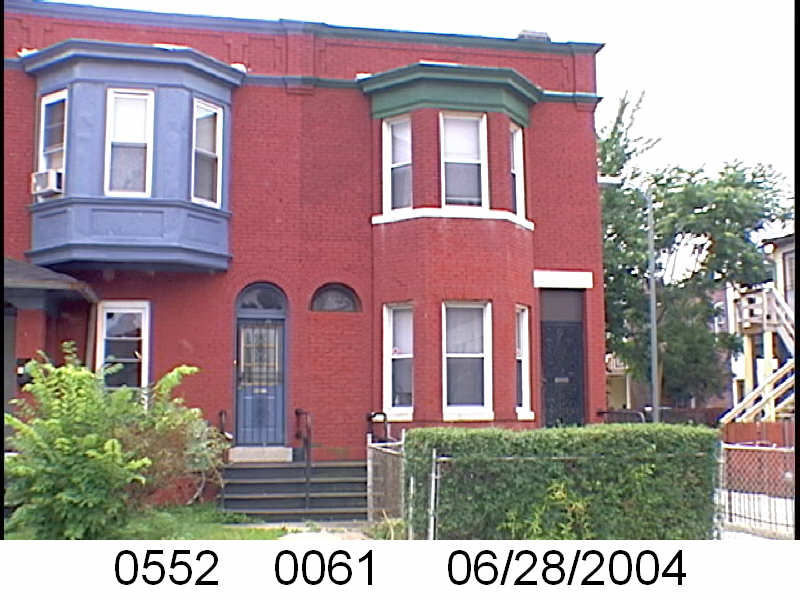
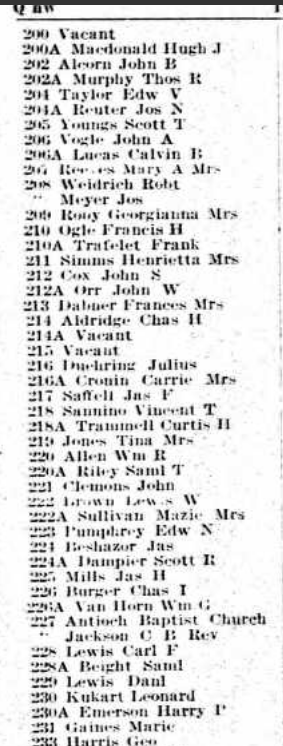
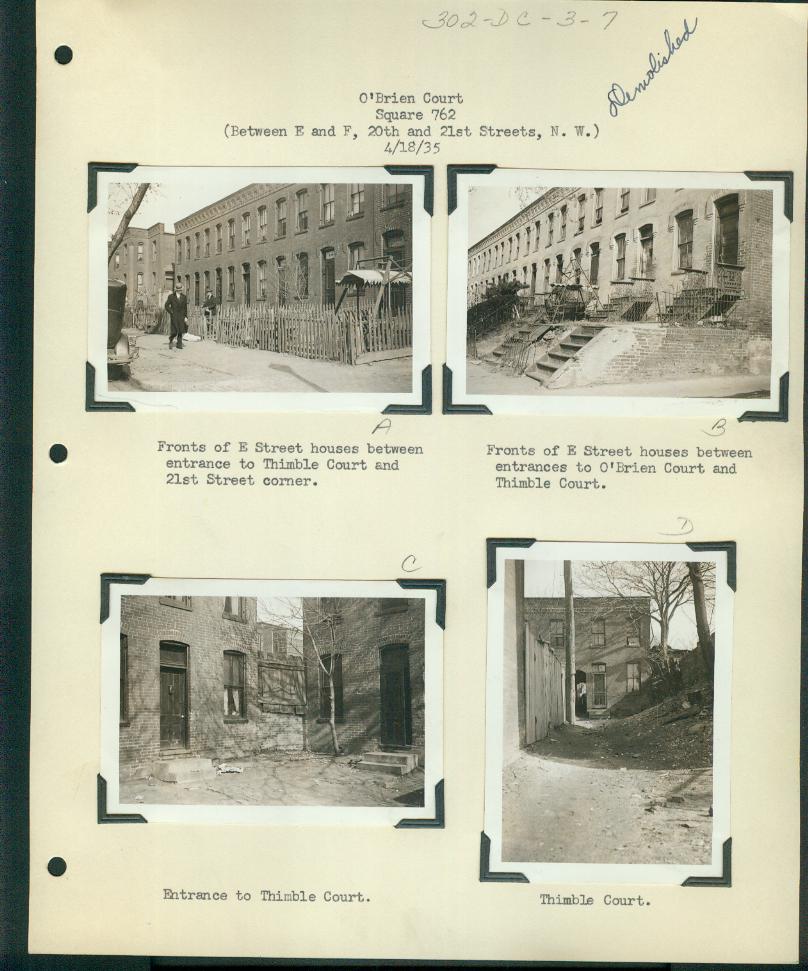

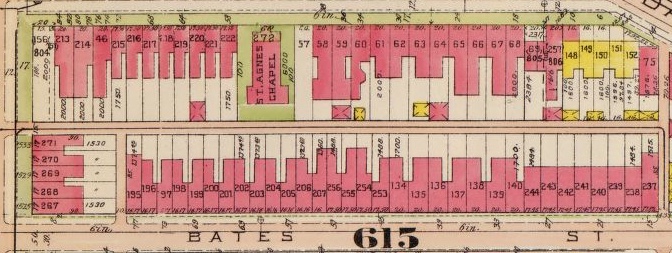
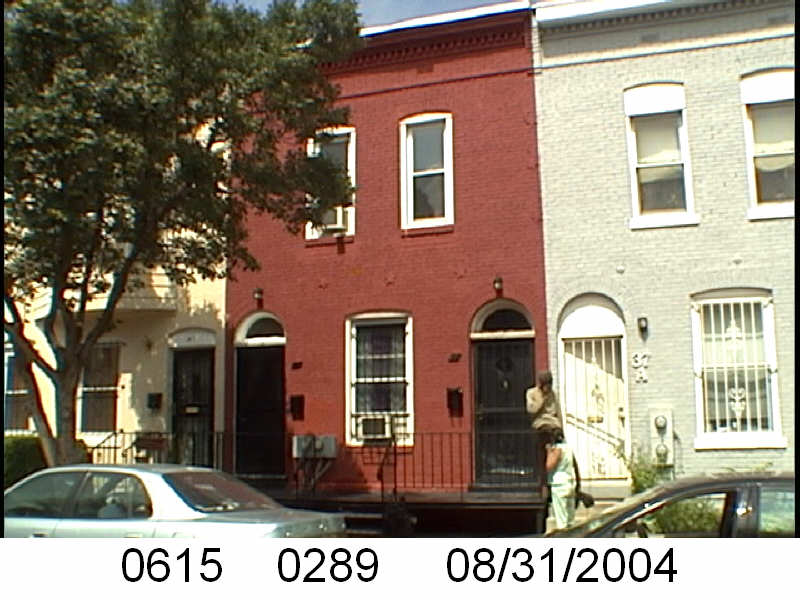


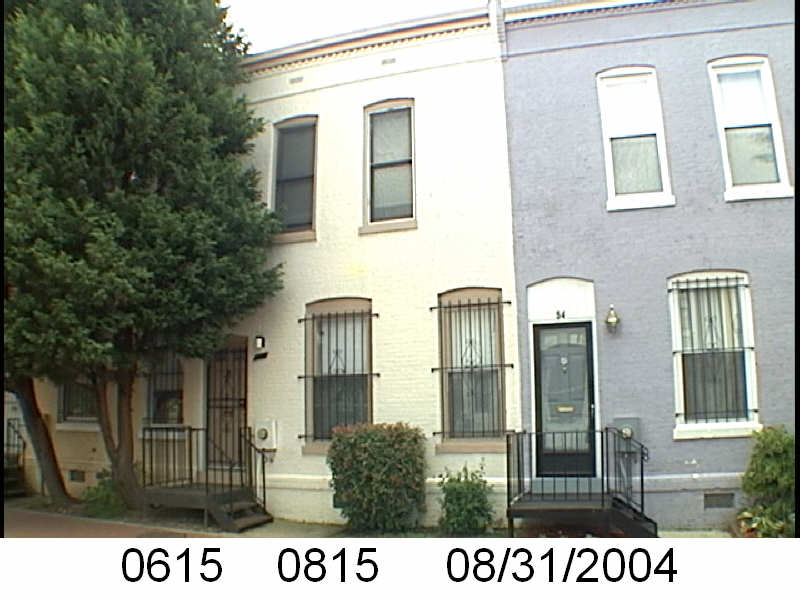
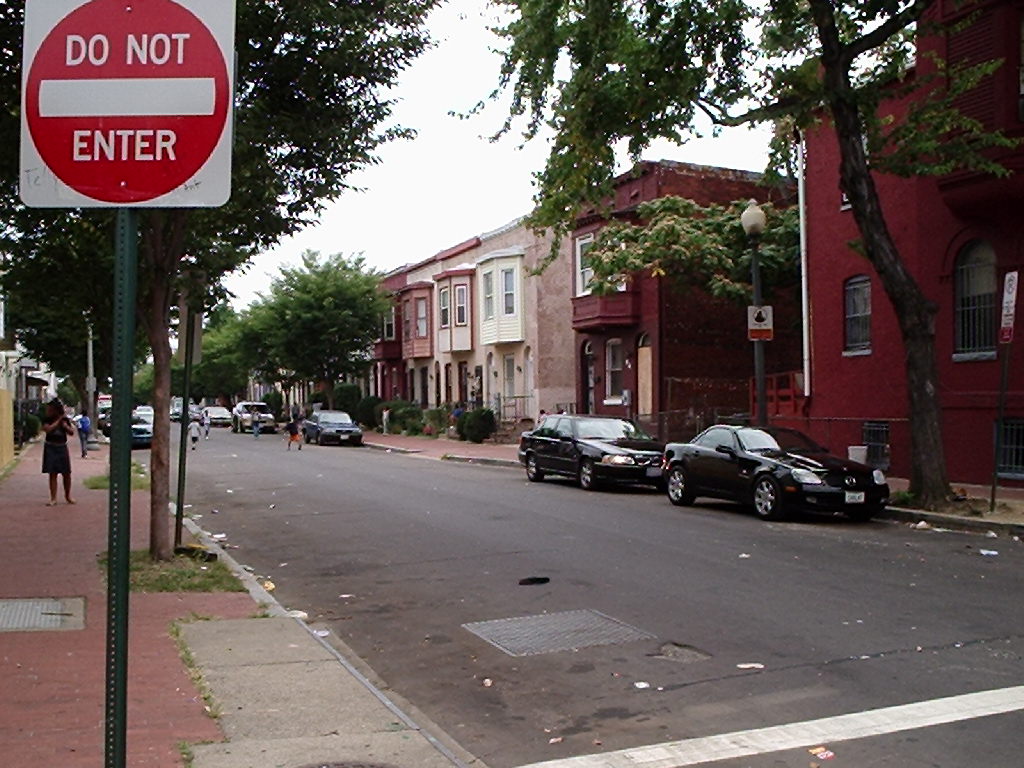
 So let’s first look at lots 134-140. And here is where we find our first problem. The lot numbers changed. Lot 140 would be 31 Bates Street NW. That address is now lot 285. I find a lot number changes. Sometimes the property undergoes some sort of conversion or there is another reason for the lot number change. It doesn’t happen too often but it does happen.
So let’s first look at lots 134-140. And here is where we find our first problem. The lot numbers changed. Lot 140 would be 31 Bates Street NW. That address is now lot 285. I find a lot number changes. Sometimes the property undergoes some sort of conversion or there is another reason for the lot number change. It doesn’t happen too often but it does happen.
